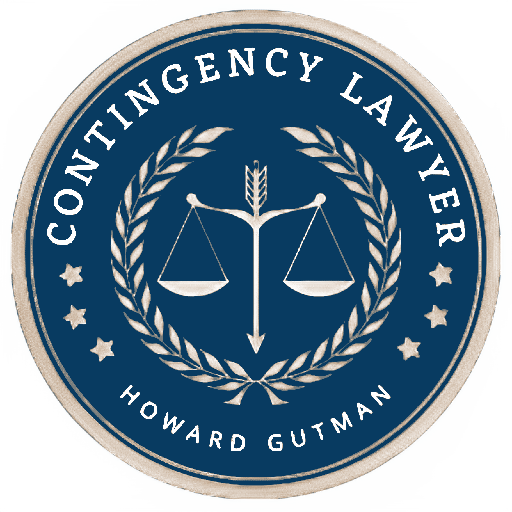When pursuing a legal claim, financing can play a crucial role, especially for personal injury or other significant claims. Some companies specialize in financing these claims, providing funds to be recovered from the eventual settlement. Their approach is similar to that of contingency lawyers, and a recent article sheds light on how they evaluate proposed financing.
Key Components of Evaluating Litigation Claims
1. Probability of Success on the Merits
The first and foremost factor in evaluating a litigation claim is assessing the probability of success on the merits. Litigation is inherently uncertain. Each side has its own story, which may not be fully revealed at the time of evaluation. New information can emerge during discovery, witnesses can perform unpredictably, and judges or juries can act in unexpected ways. Due to these uncertainties, the probability of success for any individual claim typically ranges between 20% and 80%. However, financiers generally invest in claims where they assign a probability of success greater than 60%. Key indicators of a strong case include documentary evidence supporting the case narrative and damages, strong witnesses, and favorable discovery.
2. Damages to Investment Ratio
The second component is the damages to investment ratio. Generally, the greater the potential damages, the more valuable the claim. This also means a smaller percentage of the proceeds will be needed to consider the investment worthwhile. Many litigations involve multiple claims, each with different models of damages and varying probabilities of success. In these cases, financiers weigh the different damages models according to their potential outcomes and probabilities.
3. Likely Duration of the Litigation/Arbitration
The duration of the litigation is a critical factor in claim evaluation. Litigation financiers make investments at all stages of the litigation process, from pre-filing to post-judgment. The shorter the likely duration of a claim, the more valuable it is, due to the time value of money. Factors affecting the likely duration include the stage of the litigation at the time financing is sought, the case schedule, the practices of the presiding judge or jurisdiction, the potential outcomes and duration of any appeals, and the complexity of the subject matter.
4. Risk Factors Outside of Litigation
The fourth component involves risk factors outside of litigation, such as collection risk and economic risk. Collection risk pertains to the difficulties associated with collecting a judgment against a particular defendant, while economic risk involves the financial stability of the defendant. If a defendant’s financial position is questionable, it increases the overall risk of the investment.
Conclusion
Understanding how claims are evaluated for litigation financing can provide valuable insights for those seeking contingency representation. By considering the probability of success, damages to investment ratio, likely duration, and external risk factors, both contingency lawyers and litigation financiers can make informed decisions about the viability of a case. These evaluations help ensure that clients receive the best possible representation and support, ultimately enhancing the likelihood of a favorable outcome.
At our law firm, we are dedicated to providing expert contingency representation, leveraging these evaluation criteria to support our clients effectively. If you have a claim and need assistance, don’t hesitate to reach out for a free initial consultation.
FREE INITIAL CONSULTATION
We offer a free initial telephone consultation to discuss your claim. Please feel free to call or e-mail our office.






Leave a Reply
You must be logged in to post a comment.